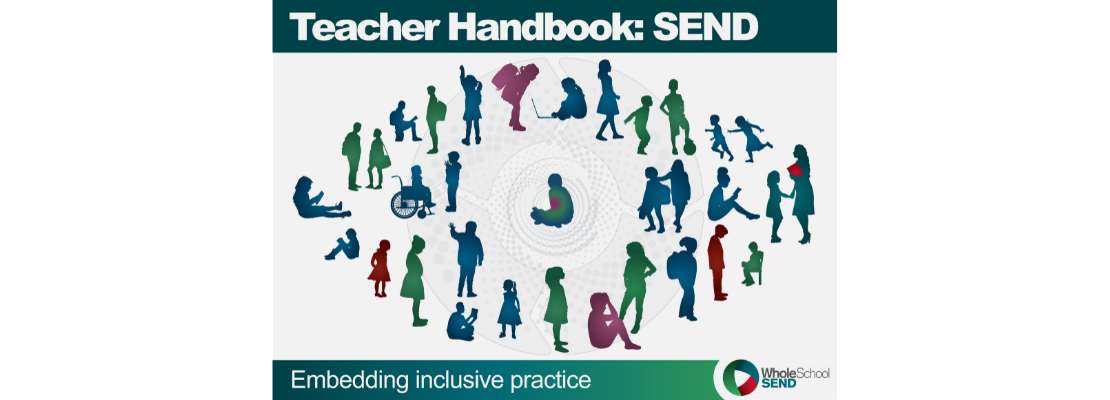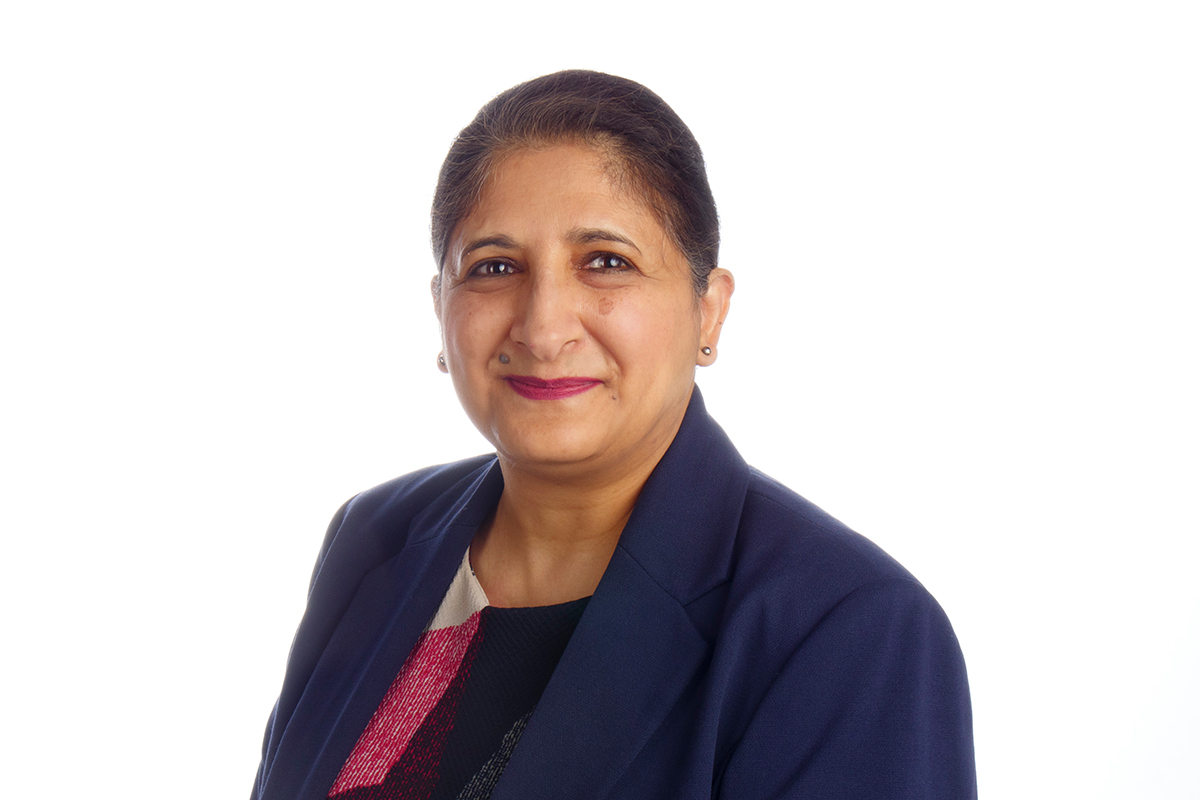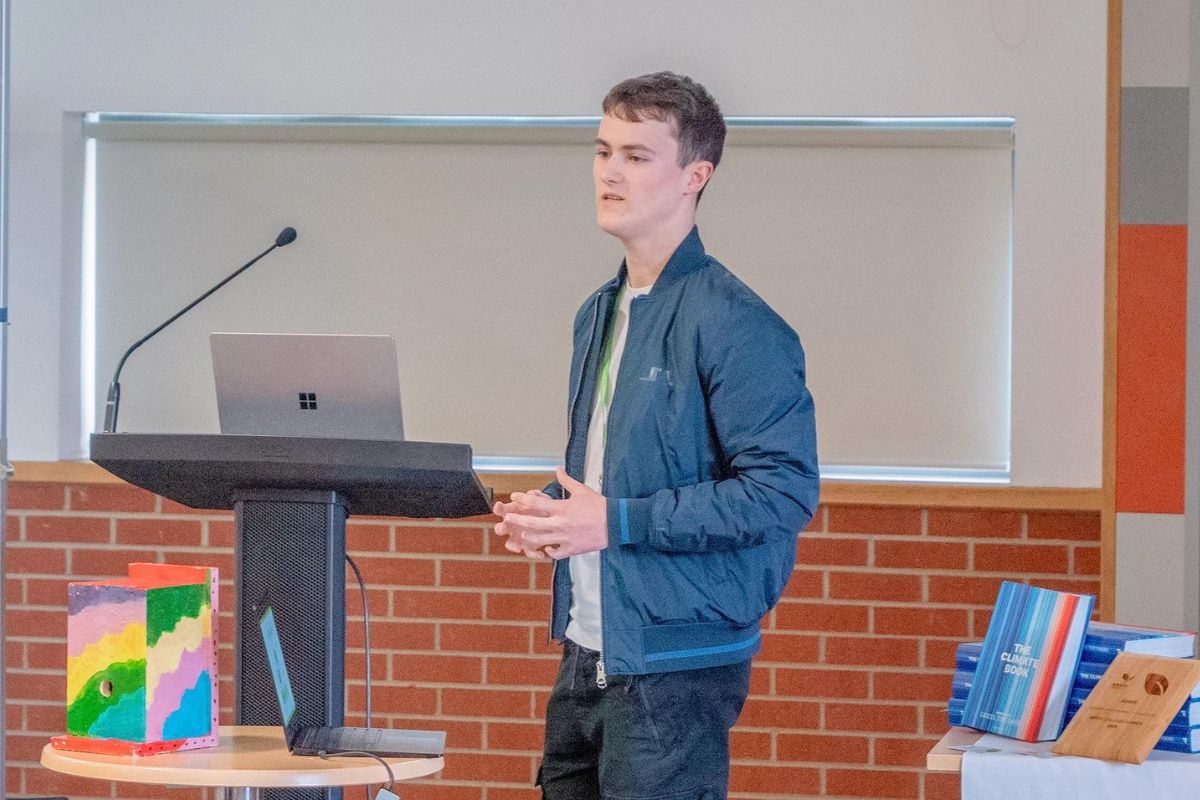Teacher Handbook: SEND supports schools to embed inclusive practice in the classroom

@nasen_org – the National Association for Special Educational Needs and Disabilities (#SEND) – has today (05.01.22) launched Whole School SEND’s Teacher Handbook: SEND – Embedding inclusive practice.
The Handbook, created with input from a leading steering group, members of the Whole School SEND consortium, and Merton Special Training Association, has been developed to support primary, secondary and specialist teachers, teaching assistants, senior leaders and headteachers who work with children and young people with SEND and learning differences.
Whole School SEND is a thriving community network that connects schools, settings, teachers and educators with leading specialists and organisations to empower a more connected, confident and effective workforce.
Teacher Handbook: SEND offers whole-school and whole-class approaches to SEND provision, as well as subject-specific and condition-specific guidance across eight key areas:
- Understanding the role of the teacher – including guidance on legislation; Ofsted; intersectionality; safeguarding, and language used between colleagues
- Knowledge of the learner – understanding how children learn; giving pupils a voice, and working closely with families
- Planning inclusive lessons – including Quality Inclusive Pedagogy; inclusive teaching and learning approaches; unconscious and conscious barriers; the language used with learners; working with Teaching Assistants, and remote education
- Creating an inclusive environment – discussing barriers to learning; reasonable adjustments; classroom environments; teaching routines and practice; resource implications for learners with SEND; supporting learners with sensory needs, and transitions
- Subject-specific guidance – covering primary and secondary guidance for maths, English, science, drama, physical education (PE), computing and – at secondary level only – modern foreign languages
- Graduated approach – detailing the teacher’s role in identification of SEND; gathering a holistic understanding of learners; working with the SENCO, specialist teachers and external agencies, and exploring the engagement model
- Strategies to scaffold learning – on cognition and learning; communication and interaction; sensory and/or physical needs; social, emotional and mental health difficulties (SEMH); neurodiversity, and co-occurrence of need
- Teacher wellbeing – how teacher wellbeing can be enhanced within the workplace; how distributive leadership of SEND in schools help teacher wellbeing; how environments and supervision can support, and the SEND resources helpful to teacher wellbeing
A welcome addition to an extensive range of Whole School SEND resources, the Handbook brings together in one cohesive document the perspectives of children and young people and their families; teachers and support staff; subject specialists; SENCOs and other senior leaders; headteachers; educational psychologists, and specialist external agencies – including speech and language therapists, occupational therapists, mental health workers, physiotherapists and specialist teachers. It has been designed as a resource for teachers and schools to use over time as they embed inclusive practice in the classroom.
Annamarie Hassall MBE, Chair of Whole School SEND and CEO of nasen – the leading membership charity that exists to champion, connect and support those working with, and for, children and young people with SEND and learning differences – explained the Handbook’s importance:
“Whole School SEND’s work is built on collegiality and collaboration, helping to change the lives of children and young people with SEND, one connection at a time.
“Within the Whole School SEND consortium we have published a wide range of resources, research and review guides to successfully support school-based professionals. Teacher Handbook: SEND is an important addition, and seeks to answer a fundamental and recurring question: ‘What do classroom teachers need to know about SEND?’ I would like to take this opportunity to thank the amazing work of the Teacher Handbook: SEND Steering Group. In collating practical examples, and underpinning pedagogies and legislative frameworks for SEND, this handbook will become an essential companion for teachers and wider school staff everywhere.”
The Lead Authors of the Handbook, Amelie Thompson (Headteacher and Head of Inclusion at Gipsy Hill Federation) and Katherine Walsh (Lead for Inclusion at River Learning Trust and EEF SEND Review Project Director) said,
“This handbook has been developed as a resource for teachers to use over time as they embed inclusive practice in their classrooms. The graduated approach is the golden thread of the handbook, and will support all school staff in noticing, and being curious about, the children and young people in their classes: their strengths and interests, times when they are successful, and times when they experience challenges to engagement and curriculum accessibility.
“It is our hope that the handbook will enable teachers to build on the strengths of their teaching practice, creating environments where children and young people can maximise their potential, and develop the knowledge and skills needed to prepare for the next stage in education and beyond – to adulthood.”
The steering group that supported Teacher Handbook: SEND in its development included:
Elizabeth Denton, Educational Psychotherapist; Felicity Dewsbury, Deputy Headteacher; Dr Julie Greer, Education Consultant and Primary Headteacher; Tina Harvey, Executive Headteacher; Andy Lole, Education Outreach Leader and Specialist Headteacher; Margaret Mulholland, SEND and Inclusion Policy Specialist and EEF SEND Review Project Director and Vicky Shires, Primary Headteacher.
The Whole School SEND Consortium, hosted by nasen, is delivering the Department for Education SEND Schools’ Workforce Support Contract and a randomised control trial funded by the Education Endowment Fund. It comprises over 20,000 members of the Whole School SEND community, and draws on regional and national connections to unlock inclusion and equity in education.












Responses